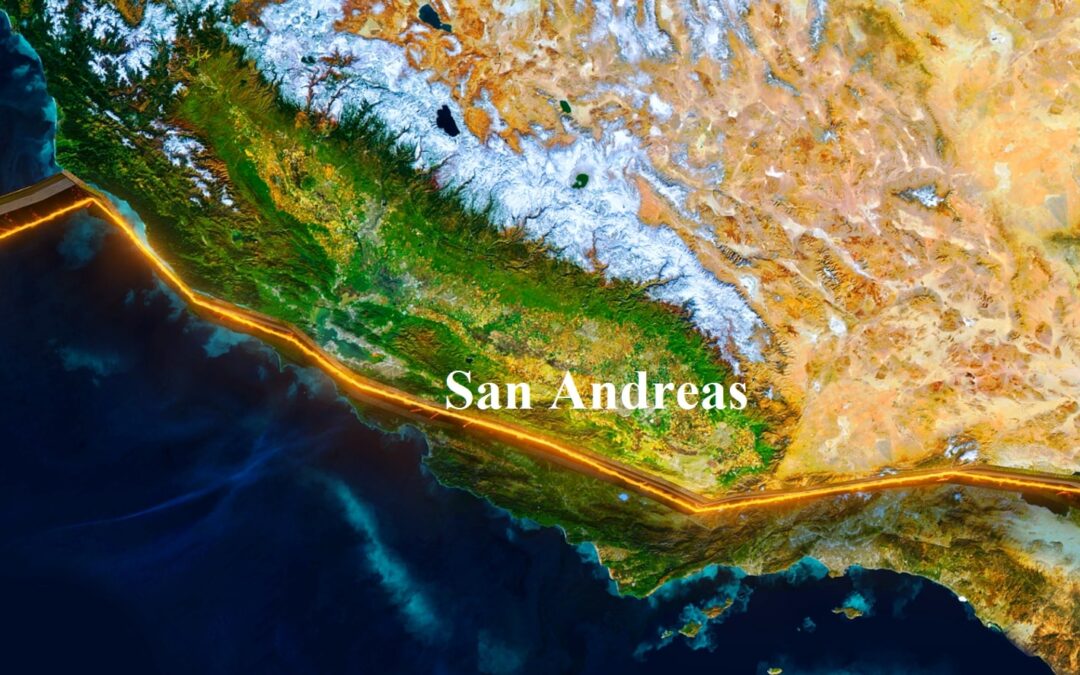California’s seismic activity is primarily due to the interaction of the Pacific Plate and North American Plate along with other geological features.
San Andreas Fault System: This major transform fault system, where the Pacific Plate slides laterally past the North American Plate, is the most prominent feature contributing to seismicity in California. It stretches roughly 800 miles through California and is responsible for many significant earthquakes.
Subduction Zones: While much of the current seismic activity along California’s coast is associated with transform fault movement, the northern part of California near the border with Oregon involves a subduction zone where the Gorda Plate and small fragments of the Juan de Fuca Plate are subducting beneath the North American Plate. This area can produce very powerful earthquakes and associated tsunamis.
Secondary Faults: Besides the San Andreas Fault, California has numerous secondary faults, such as the Hayward Fault, the Calaveras Fault, and the Elsinore Fault. These faults are also capable of producing significant seismic events.
Complex Plate Interactions: The interaction in California is not purely a simple slide past; there are areas of compression and extension within the plate boundary that create complex faulting patterns and contribute to diverse seismic activities.
Seismic Swarms and Volcanic Activity: Due to the stretching of the Earth’s crust and volcanic processes, parts of California, particularly the eastern region along the Sierra Nevada and the area around the Long Valley Caldera, experience seismic swarms and volcanic activity.
Induced Seismicity: Human activities, such as oil extraction, water reservoir impoundment, and particularly wastewater injection associated with hydraulic fracturing (fracking), have been known to induce seismic events in certain areas.
Crustal Movements: California’s overall tectonic motion is complex, involving not just lateral slip but also significant vertical movements. This vertical component can add to the stress on faults and increase seismicity.
These factors, combined with California’s geological history and the current stresses acting on the crust, make it one of the most seismically active regions in North America. The state experiences frequent earthquakes, ranging from minor to devastating, making earthquake preparedness a critical aspect of life in California.

